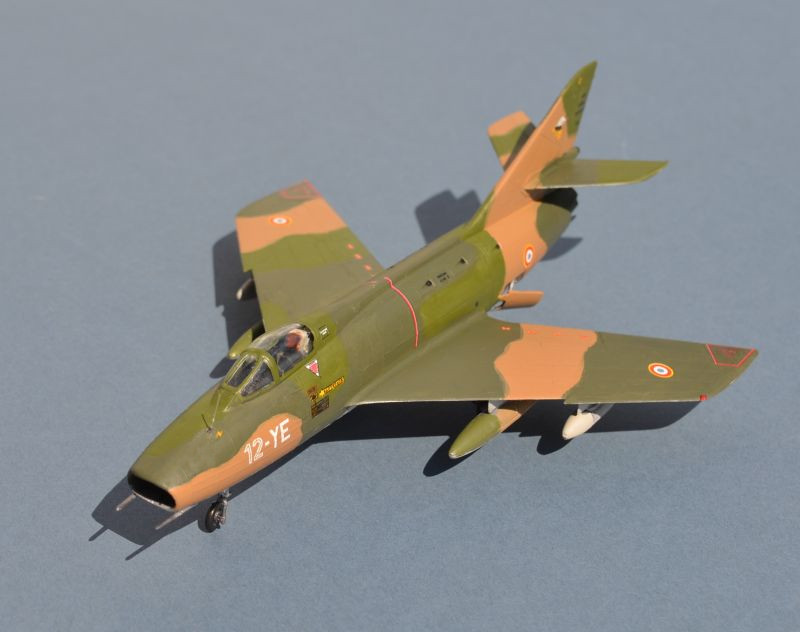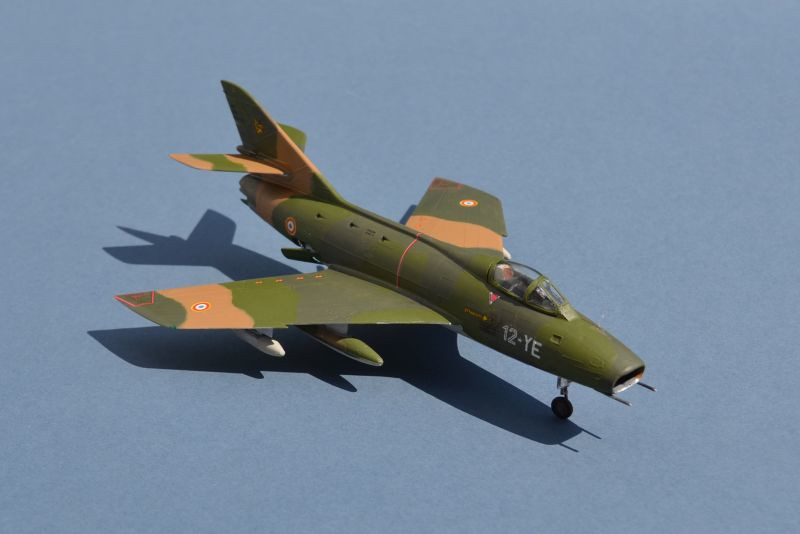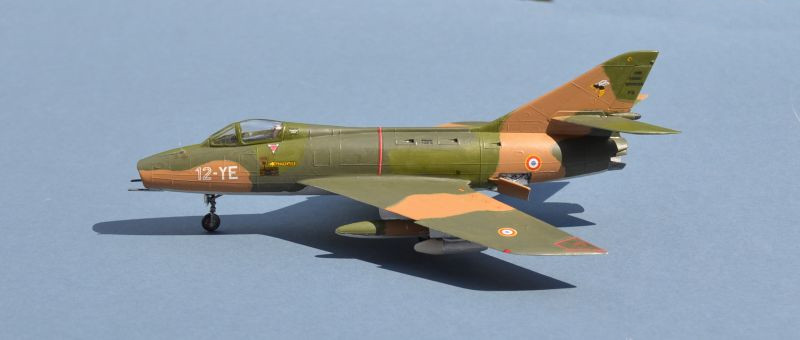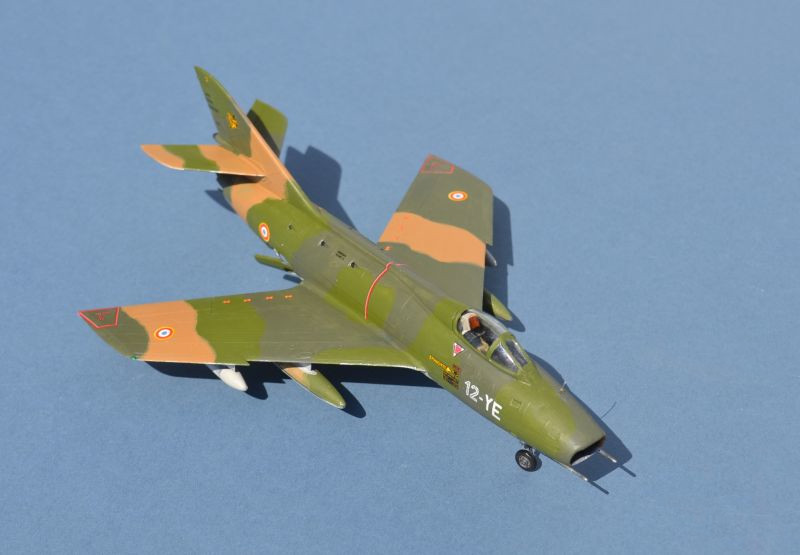August 2021
Dassault Super Mystere B.2
Dassault Super Mystere B.2
EC 1/12 "Cambresis", Cambrai Air Base, (Greenham Common Air Tattoo) 1977.
Airfix, with Model Decal markings.
Images and text © www.gengriz.co.uk unless otherwise noted
Building the Airfix Super Mystere:
Sometimes it makes sense just to build something that you know little about, where you aren't going to be too worried about accuracy, simply in order to produce a good looking model that you can be pleased with. And thus it is with this month's Dassault Super Mystere B2, which I hope you will agree has turned out well.
The Super Mystere kit first appeared in 1972, when Airfix were riding high as the world's most successful model kit company. This is a well engineered kit, with excellent precise fit (no filler used), slightly heavy raised panel lines (nothing that a little light sanding can't improve) and a choice of French or Israeli markings, both camouflaged and natural metal. As a “Series 3” kit, it was always just out of my weekly pocket
money territory back in the 1970s and although I always wanted to build one, I never
did. Roll forward 50 years and a cheap e-
There is little I can say about the kit; it really is an easy build and sits on its
wheels without the need for any added weight, although the undercarriage is a little
fragile and I broke one main leg during painting. As you might expect from its age,
it has little detail, with a bare cockpit, albeit with a nice head up display/gunsight
and a good main instrument panel. I added some simple sprue side-
The kit’s only major shortfall is the lack of nose engine intake trunking -
The aircraft wears US SEAC-
This is a good kit, typical of the better Airfix kits of its era and well worth building.
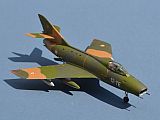
Background -
An earlier Mystere IV being restored at the Midland Air Museum
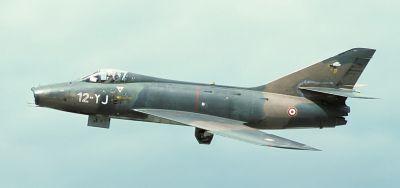
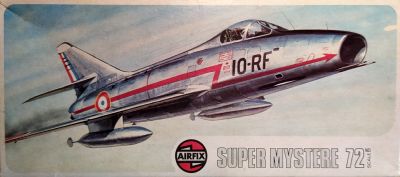
The Super Mystere B.2 was a development of the Mystere IV, adding a more powerful ATAR 101 engine and thinner wings for supersonic performance. It entered full production in 1957 and was the first European aircraft capable of exceeding the speed of sound in level flight.
180 were built, serving with the French Air force, Israeli Air Force and Honduras Air Force. French aircraft, such as the one depicted, remained in service until 1977 in ground attack roles.
